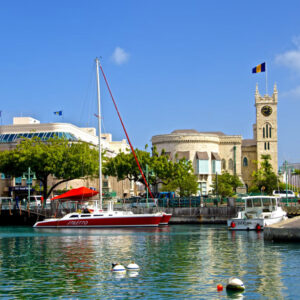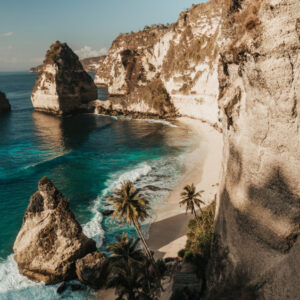Volubilis, also known as Oualili, is an ancient Roman city located near Meknès in northern Morocco. It is a UNESCO World Heritage Site, known for its well-preserved ruins that offer a glimpse into the Roman Empire’s presence in North Africa. The site is renowned for its stunning mosaics, basilicas, and triumphal arches.
-
Roman Ruins – Remains of Roman buildings, including homes, temples, and public structures.
-
Mosaics – Exceptional floor mosaics depicting scenes from Roman life and mythology.
-
Triumphal Arch – The impressive monument built in honor of the Roman Emperor Carus and his sons.
History of Volubilis:
-
Founding (3rd Century BCE):
Volubilis was originally a Berber settlement before becoming a Roman city in the 1st century CE. It grew into an important center for trade and administration in the Roman Empire. -
Roman Golden Age (1st–3rd Century CE):
The city flourished as a Roman provincial capital, with grand public buildings, bathhouses, and aqueducts. -
Decline and Abandonment (4th–11th Century CE):
Volubilis began to decline following the fall of the Roman Empire, suffering from earthquakes and invasions. It was eventually abandoned by the 11th century.
Cultural Significance:
Volubilis is one of the best-preserved Roman archaeological sites in North Africa. Its ruins provide valuable insight into Roman urban planning, culture, and art. The site is an important symbol of Morocco’s ancient heritage and a key attraction for history and archaeology enthusiasts.









